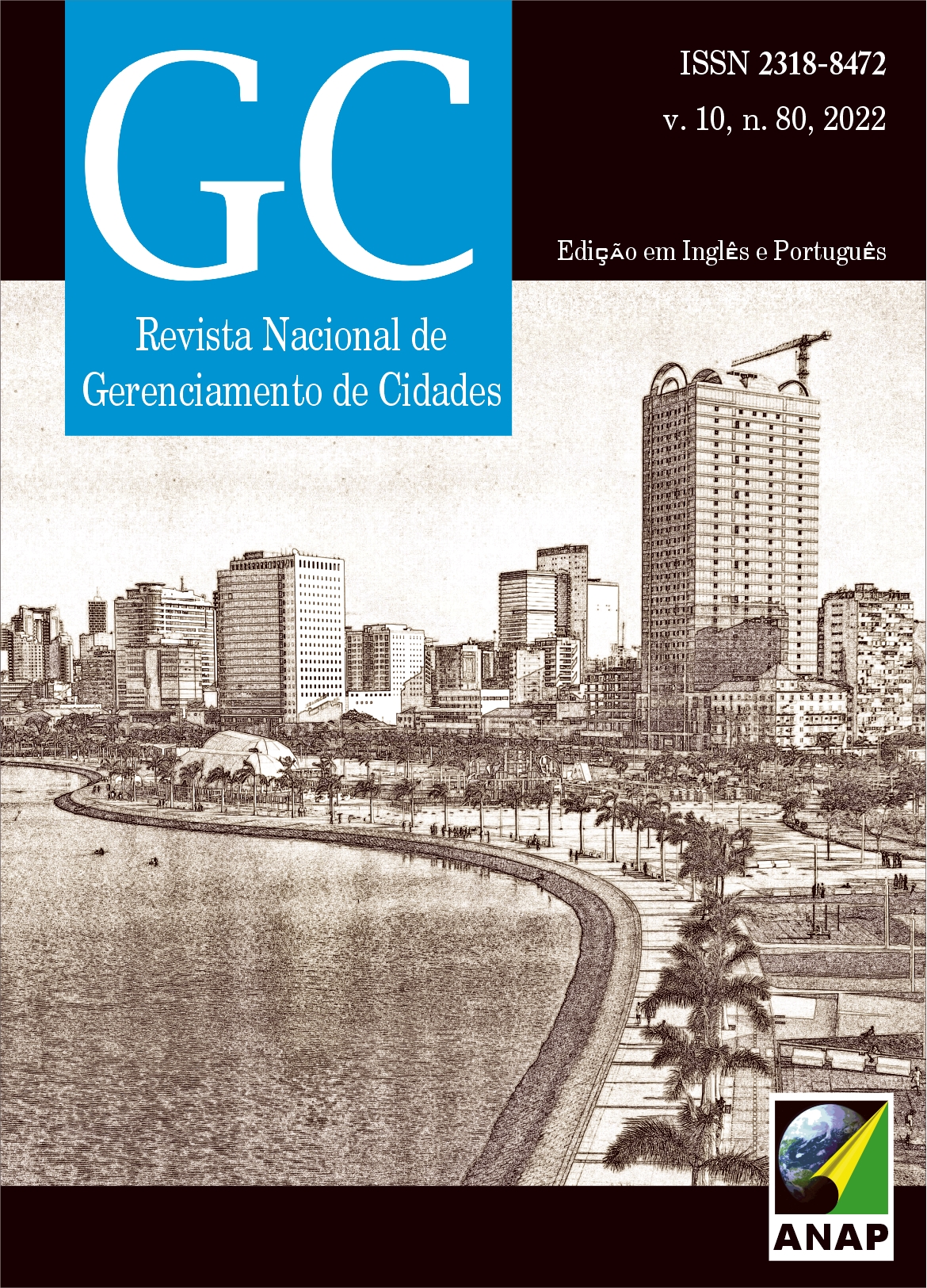Proposal of a methodological sequence for the spatial-temporal analysis of real estate developments: Application in Natal/RN
DOI:
https://doi.org/10.17271/23188472108020223207Resumo
This article aims to analyze the spatial distribution of real estate projects, launched during the 10 most intense years of the real estate market in the city of Natal/RN. However, the lack of data on the real estate production of several national capitals, based on the absence of clear procedures for capturing and organizing this type of information, represents a limiting factor for the development of an analysis of this nature. To circumvent this limitation, this study proposed a methodological sequence capable of capturing, systematizing and georeferencing a wide variety of data referring to real estate developments in any Brazilian city. The application of this new methodological itinerary in the capital of Rio Grande do Norte reveals an asymmetrical spatial distribution in the municipal territory, considering that 86% of real estate developments are concentrated in 4 areas, which correspond to only 19% of the territorial extension of the municipality in question. In 3 of these 4 locations there is a tangible connection between the type of real estate production and some physical and socioeconomic characteristics found in them, such as tourism, environment, urban facilities, in addition to the purchasing power of the population. Finally, the role of the State was identified as an inducer of real estate development in a peripheral region through a housing program promoted by the Federal Government.
Downloads
Referências
Publicado
Edição
Seção
Licença
Direitos autorais (c) 2022 Revista Nacional de Gerenciamento de Cidades

Este trabalho está licenciado sob uma licença Creative Commons Attribution-NonCommercial-ShareAlike 4.0 International License.















